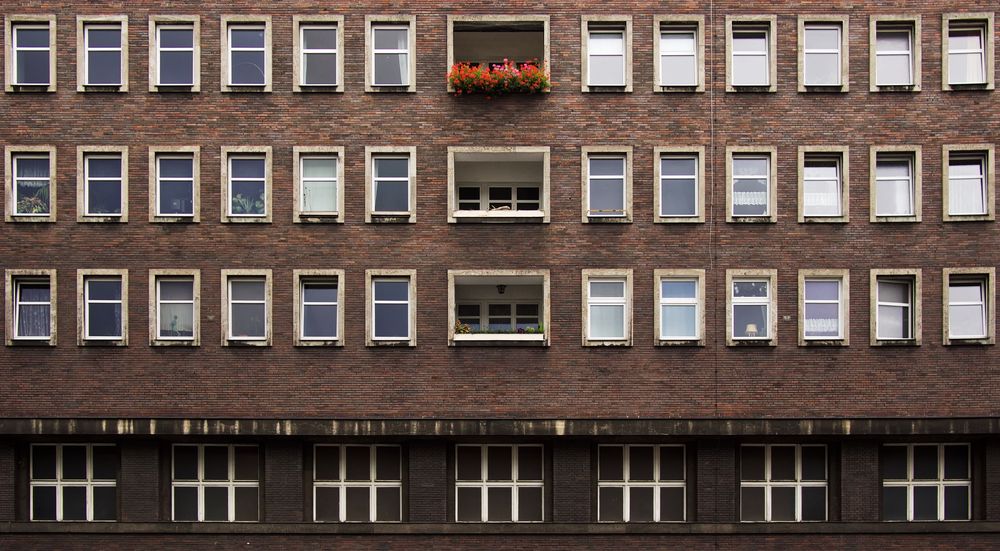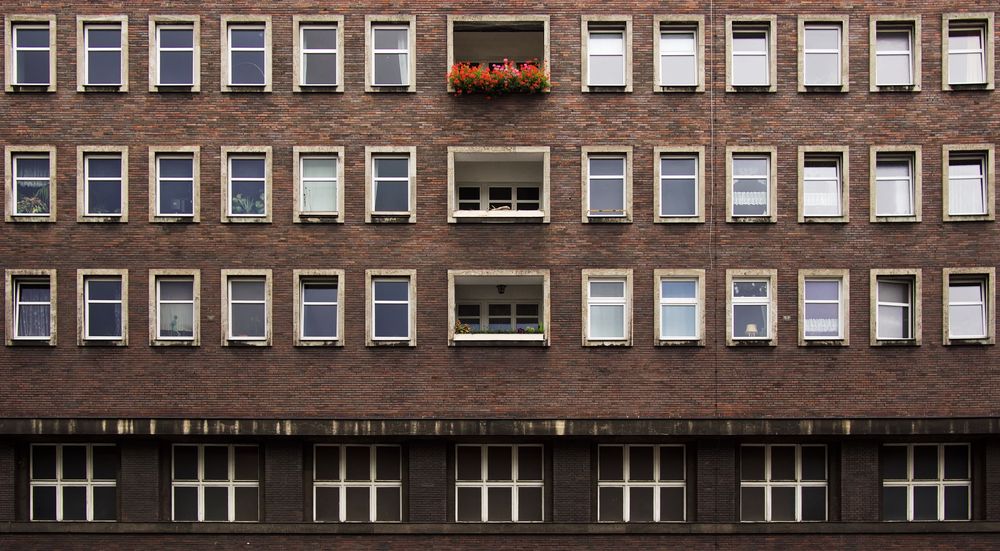Not upgrading buildings can lead to social disaster

Last year, three buildings collapsed in the city centre of Marseille. It killed eight people and shocked thousands. Only a year earlier, the Greenfell fire tragedy in London killed 72 people and left hundreds of families homeless. This is the top of an iceberg that floats everywhere in Europe. Large parts of the existing building stock are in need of modernisation and better energy performances. How can this happen? And how can we avoid dramas of this kind?
Health and safety at stake
For several years, my friend Hannah lived
in a damp flat in the Brussels neighbourhood of Schaerbeek. Whenever I came to
her place, I was shocked to see large black spots covering her bathroom and bedroom
walls. Mould had creeped in overtime and was one of the reasons for Hannah
being regularly sick. I thought that one day she’d be hospitalized for
breathing issues – or because she’d have electrocuted herself in her kitchen. The
electricity wiring there was completely out of current safety standards.
Hannah’s flat dated from the 60s and her landlord did not really see why he
should invest in modernisation: Hannah was still alive and paid a good monthly
rent.
Hannah is not an exception. Nor is her
landlord. All over Europe, flats and buildings are underinvested. By
consequence, energy is wasted and residents excessively financially burdened.
This is particularly true for multi-apartment buildings. There is actually no
reliable data available to know what share they take in the European
residential building stock. In 2017 – and that is one of the rare figures that
exists – more than 4 out of every 10 persons (41.9 %) in the EU-28 lived in
flats (Eurostat). In
Paris, for example, 34% of fuel poor live in condominiums (source). Recent studies
show that, in average, the quality of rental housing in Europe is inferior to
owner-occupied housing. It seems the landlord-tenant dilemma is eternal…
The condominium challenge
This said, repairs and single flat sustainable renovations are not enough. Energy performance, energy bills and comfort only improve significantly through large-scale measures such as high grade external wall insulation, cavity wall insulation, roof insulation, and integration of renewables for the whole building. Deep retrofits of this kind require a coordinated effort of all flat owners.

Some landlords are ignorant and stingy.
Others do know what needs to be done, but shy away from a deep retrofit of the
whole building: reaching a consensus on measures with other owners, finding
money and experienced craftsmen, coordinating the project – all this is scary.
Helping residents in multi-apartment blocks on retrofits now can prevent fuel poverty, health and safety issues. This is especially true for the most fragile residents. Public support programmes rare very much needed to speed up the retrofitting of condominiums in Europe. Local authorities or energy agencies are the right facilitators, both for co-owners as well as for experts from building-related professions.
In order to mitigate
the social impacts of not or badly renovated buildings, Scotland has energy
efficiency legislation in place such as Energy Efficiency Standard for Social Housing
(EESSH), as well as the ‘tolerable standard’ for all living accommodation in
buildings, and the repairing standard for all rented properties in Scotland. The
EESSH aims to encourage landlords to improve the energy efficiency of social
housing in Scotland.
In Scotland, a
particular municipal service exists to back co-owners in order to prevent
social disaster: The “shared repairs – missing shares service”. Operated
through local councils, they can pay the missing share when one or more owners
are unwilling or unable to pay, the owner cannot be found after reasonable
enquiries, or it is unreasonable to ask an owner to pay. Not all councils in
Scotland use this power.
The Under One Roof Scotland programme can help organisations raise awareness about the need for maintenance and advise owners on how to deal with their co-owners, organise repairs and manage builders.
The Scottish city of Aberdeen participates in the EU-funded ACE-Retrofitting project. It tested a set of methods to overcome legal, human and financial barriers that are currently hindering energy retrofitting of condominiums.
Take the wide angle lens
We may need to think about different ways
of tackling the social effects in housing. Targeted public support can prevent
social disaster instead of reacting when it’s too late. Retrofitting support
programs are investments more than expenses. Unhealthy housing is costly. As a
matter of example, the British national health system currently spends about
£1.4bn a year treating conditions that arise from poor housing (source).
A package solution has been tested in
several European places though the ACE-Retrofitting project: it does not focus
on the demand side only.
In Paris,
for example, a publicly-owned web platform called CoachCoPro addresses co-owners and building professionals
alike. It guides condominium managers step-by-step in their retrofit project. At
the same time, it provides professionals with a tool to dialogue, plan and
track a retrofit project in condominiums. Online guidance is complemented,
amongst others, by on-the-ground meetings, tailored coaching and site visits.
The quality of housing brings quality of life
Urban innovation is also about the
residents’ wellbeing. Even though, in most Western European countries, only a
minority of buildings may fall into the ‘poor housing’ category, public
policies need to make this issue a priority. Upgrading buildings of the current
stock, whether this is visible to the naked eye or not, brings positive social
effects that go beyond a building’s four walls.
In Antwerp, where 71% of the residential
(private) buildings are privately-owned, municipally-supported renovation masterplans
do not only focus on the energy efficiency of the building. The masterplan also
provides concise information on the status quo of the building. This applies to
the common parts of the building and concerns the building quality and
structure, technical installations, fire risks, public utilities, health and safety
and general living conditions.
If more local authorities could take the driving seat in bringing homeowners and construction professionals together, setting up partnerships, deep retrofits could significantly grow in numbers. Europe’s building stock could help meet climate, social and economic targets at once.
The post Not upgrading buildings can lead to social disaster appeared first on Energy Cities.
Fuente: ENERGY CITIES
Enlace a la noticia: Not upgrading buildings can lead to social disaster

